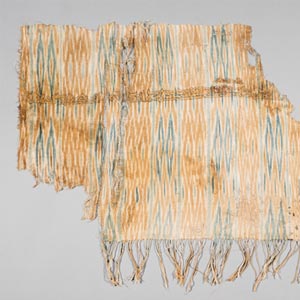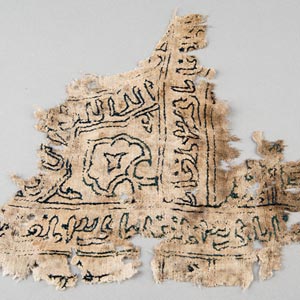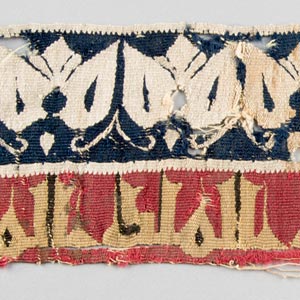Inscribed panel
The Show

Inscribed panel 11th–12th centuries, Egypt Carved wood Kelsey Museum of Archaeology, 10201
Woodcarving flourished in Egypt during the 11th and 12th centuries. At this time, a number of mosques, churches, and palaces were decorated with architectural friezes made of wood. This example probably served as a beam or panel surmounting a door within a private residence. Its use in a secular building is suggested by its non-Qur’anic contents. The panel's inscription offers blessings, grace, and happiness. The epigraphic band thus embellished a private home while also offering well wishes to the property owner, dwellers, and visitors.
Bibliography: Glidden 1939, 94, fig. 4; Bloom 2007, 67, fig. 38; Contadini 1998, 111–112, pl. 52a–e; Ekhtiar et al., 2011, 110, cat. no. 68; Mayer 1958, 13–14; Pauty 1931, pl. G, cat. no. 9042 and pl. LXVI, cat. nos. 4729–4730; Décobert and Gril 1981; and Wiet 1958.
Return to the Show



